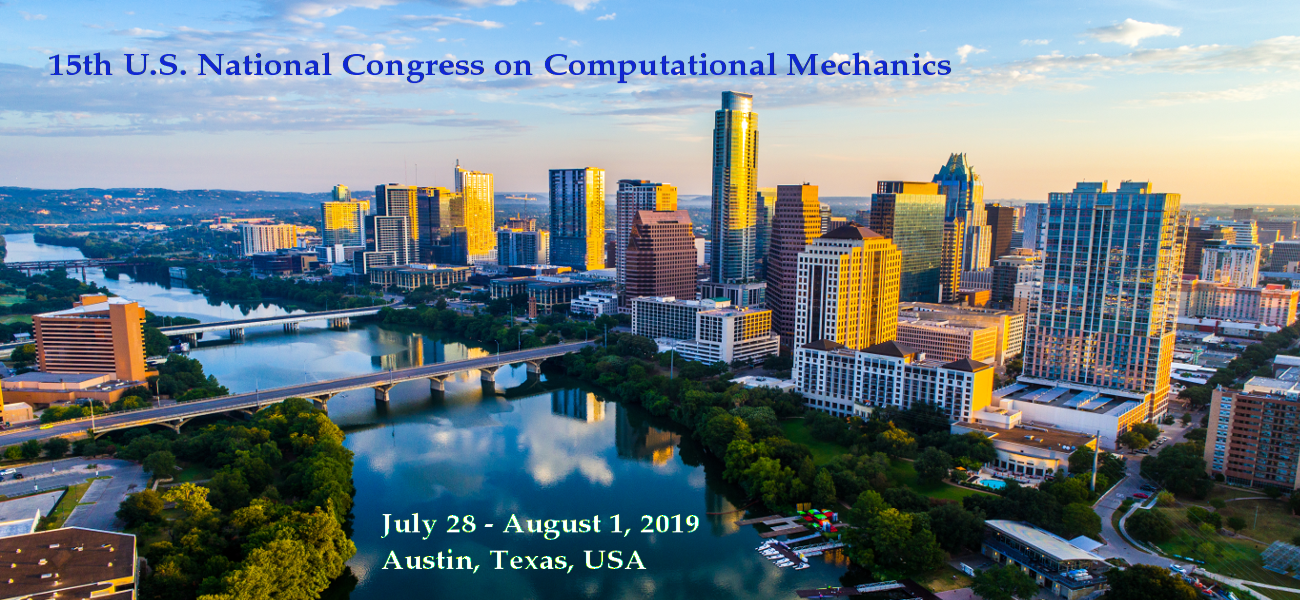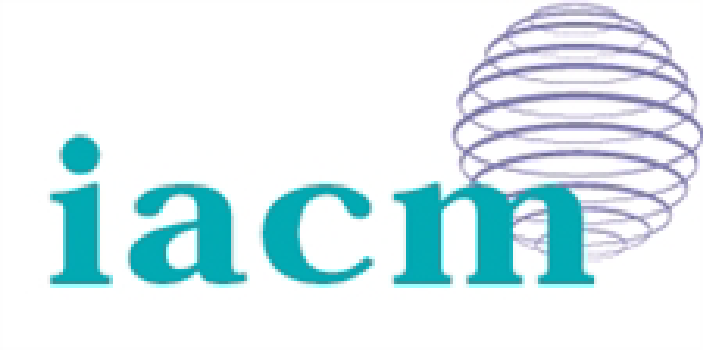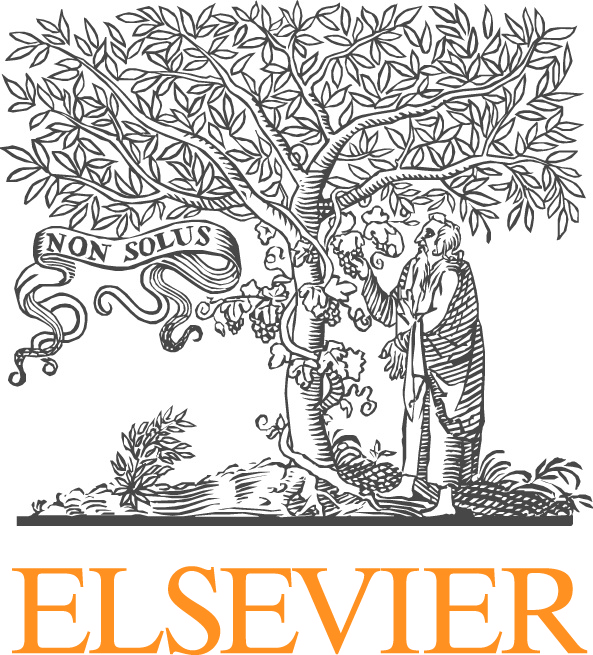David Kamensky, Brown University
Hugo Casquero, Carnegie Mellon University
Ming-Chen Hsu, Iowa State University
Jessica Zhang, Carnegie Mellon University
Immersed methods do not require computational meshes to conform to the physical domain of the problem. This enables immersed methods to tackle a large variety of problems such as fluid–structure interaction applications with large displacements and topology changes, trimmed CAD surfaces in isogeometric analysis, multi-phase flows, and challenging optimization problems.
This mini-symposium aims at bringing together researchers with different backgrounds to discuss and exchange new ideas and results related to immersed/fictitious/embedded domain technologies. Topics of interest include (but are not limited to) accurate imposition of the incompressibility constraint at the discrete level, techniques for improving convergence of the velocity field, accurate computation of shear stresses at fluid–structure interfaces, adaptive local refinement, techniques for faithful immersed representation of complex geometries, large-scale parallel implementation, accuracy and efficiency comparisons between different methods, accurate and stable enforcement of interface constraints, reliable quadrature strategies, novel numerical methods, and real-world applications.







